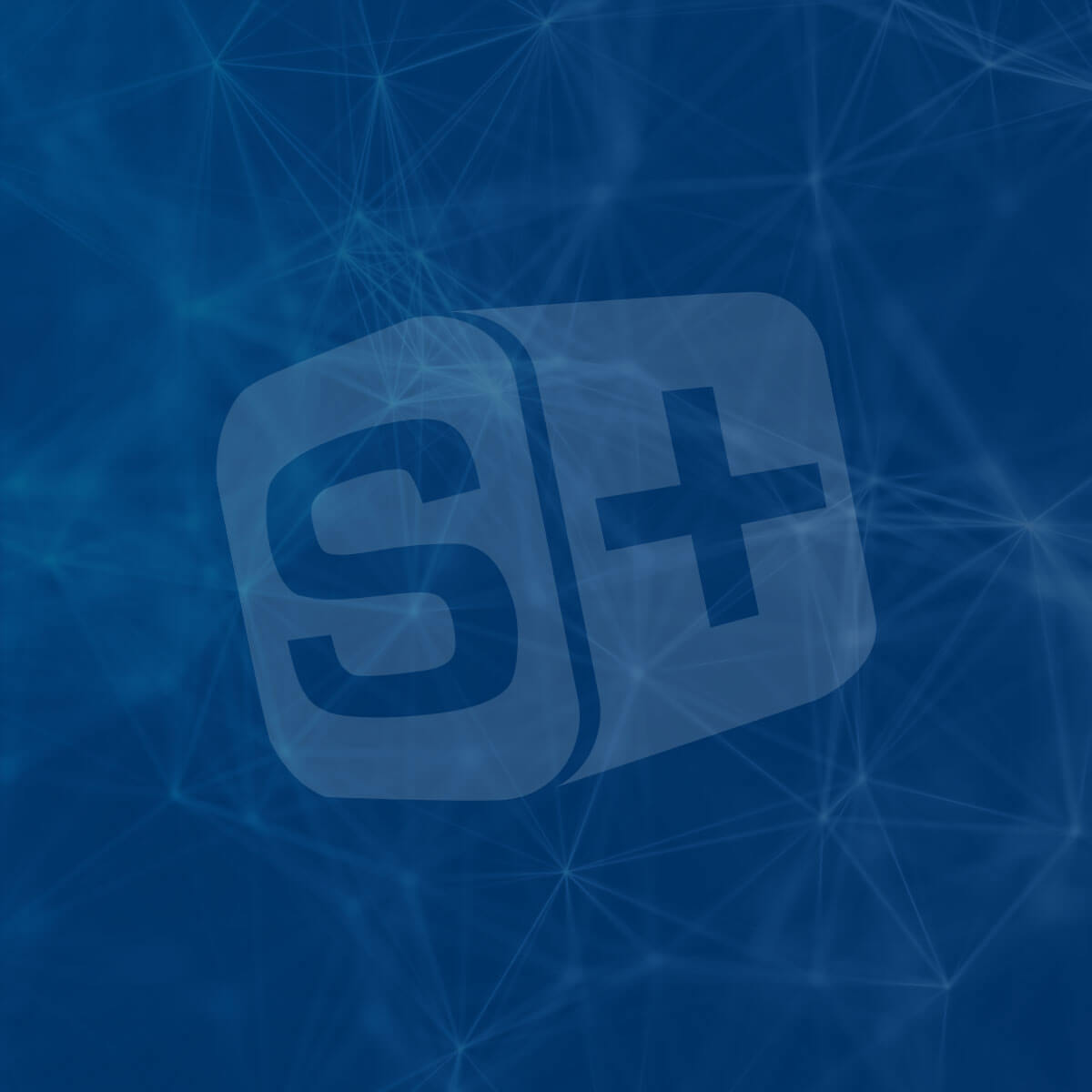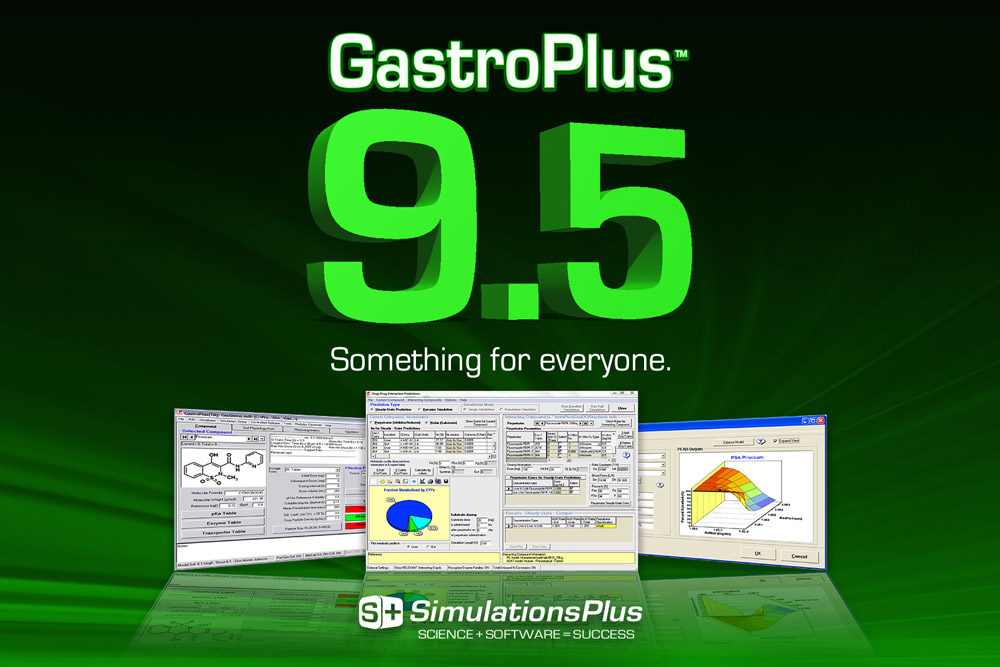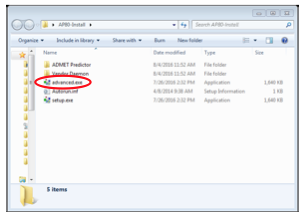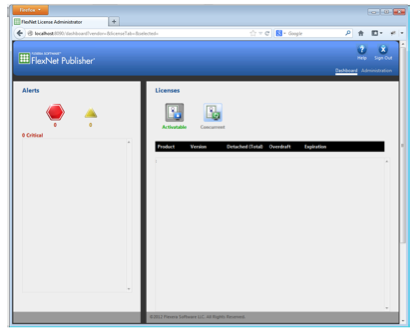Drug release from mesoporous silica systems has been widely investigated in vitro using USP Type II (paddle) dissolution apparatus.

Use of oral absorption modelling to characterize drug release and absorption of a BCS II compound from IR formulations
The presentation illustrates the applicability and impact of mechanistic absorption modelling to support oral formulation development and improve the prediction of drug bioavailability from immediate-release formulations.

Lead Antimalarial Identification Using in silico Prediction Methods and Simulation
With increasing resistance to currently available antimalarials, new compounds with activity against resistant parasites are needed. Novel compounds were designed and first-in-human (FIH) simulations...

Mechanistic prediction of food effects for Compound A tablet using PBPK model
Physiologically based pharmacokinetic (PBPK) modeling has been extensively used to study the factors of effect drug absorption, distribution, metabolize and extraction progress in human.

QSP Modeling of Liver AMPK Activation Using NAFLDsym Is Predicted to Reduce Steatosis in NAFLD Patients
Non-alcoholic fatty liver disease (NAFLD) currently has few available treatment options. Bringing effective treatments rapidly to market is paramount.

Mechanistic Modeling And Hepatic Biomarker Data From Ggf2 (Cimaglermin Alfa)-Treated Subjects In Phase 1 Clincial Trials Suggest Low Likelihood Of Progressive Liver Injury
GGF2 (USAN cimaglermin alfa) is an investigational drug for the treatment of heart failure. During Phase 1 clinical trials, concomitant, transient elevations in serum aminotransferases (ALT/AST) and...

Use Of Systems Toxicology Modeling To Investigate Mechanisms Of Liver Enzyme Elevations Mediated By Solithromycin And Other Macrolides
Solithromycin, a 4th generation macrolide developed for the treatment of community acquired pneumonia, caused serum liver enzyme (ALT) elevations in clinical studies.

Using Systems Pharmacology Modeling to Understand the Pathophysiology of NAFLD and Response to Dietary Intervention in a Simulated Population
Non-alcoholic fatty liver disease (NAFLD) can be effectively treated by weight loss, but identifying the underlying responsible mechanisms has been difficult because of the multifactorial pathophysiology.

Quantitative Systems Toxicology Analysis of In Vitro Mechanistic Assays Reveals Importance of Bile Acid Accumulation in TAK-875-induced Liver Injury
TAK-875 (fasiglifam), a GPR40 agonist in development for treatment of type 2 diabetes, was voluntarily terminated in phase 3 due to adverse liver effects.

GastroPlus™ 9.5 Release Webinar: Something for Everyone
We are pleased to announce the release of GastroPlus™ 9.5! This version has something for all users of our top-ranked PBPK modeling platform.

GastroPlus 9 Installation
This video shows how to install GastroPlus and the Flexera licensing system. The installation is the same for various versions.

Biopharmaceutics data management system for anonymised data sharing and curation: First application with orbito IMI project
The OrBiTo IMI project was designed to improve the understanding and modelling of how drugs are absorbed.

In silico-in vitro-in vivo studies of experimentally designed carvedilol loaded silk fibroin-casein nanoparticles using physiological based pharmacokinetic model
The study aimed to design and develop carvedilol loaded silk fibroin-casein nanoparticles using 32 full factorial design.

Design and evaluation of an extended-release matrix tablet formulation; the combination of hypromellose acetate succinate and hydroxypropylcellulose
The purpose of this study was to develop an extended-release (ER) matrix tablet that shows robust dissolution properties able to account for the variability of pH and mechanical stress in the GI tract using...





